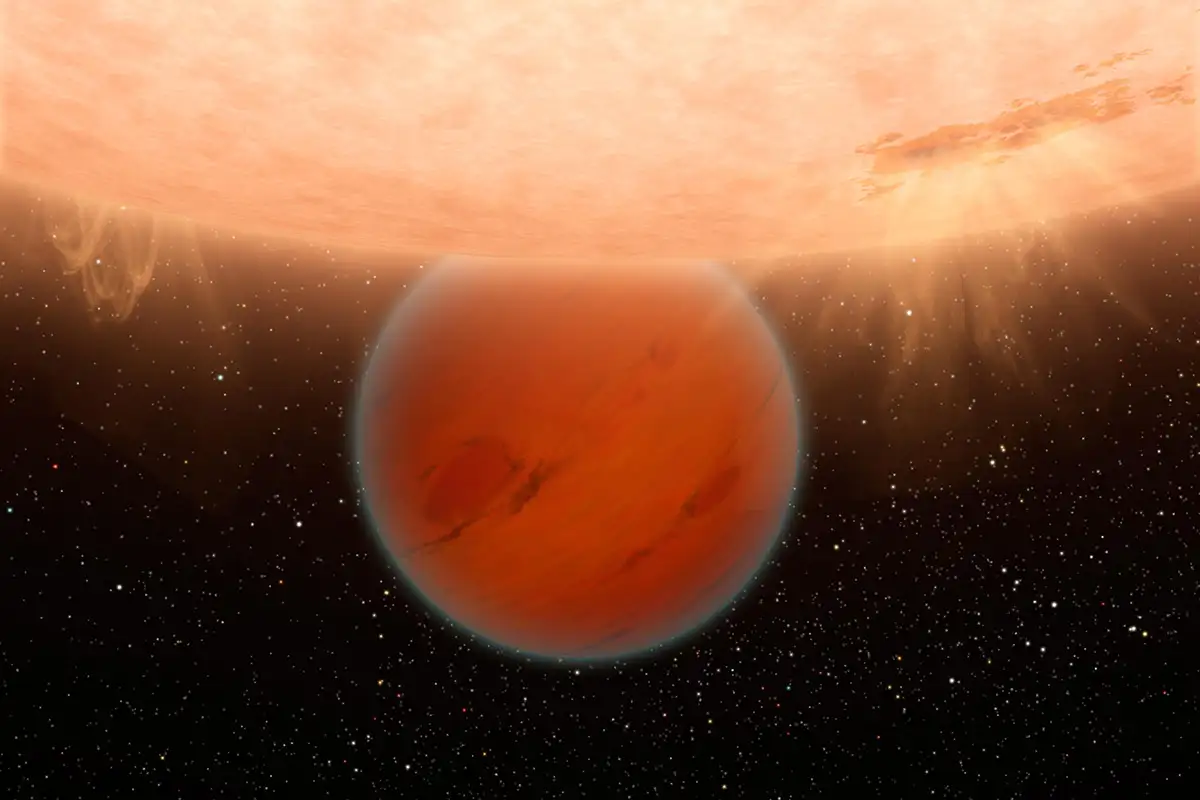Using data collected by the TESS space telescope, an international team of astronomers has discovered a previously unknown extrasolar world. The newly found exoplanet, designated TOI-2196 b, belongs to the rare category of hot sub-Neptunes.

TOI-2196 b orbits a yellow dwarf located 861 light-years from Earth. In its mass, radius and age, the luminary is very similar to our Sun.
The orbit of TOI-2196 b passes at a very small distance from the parent star. It makes one revolution around it in just 1.2 days. According to astronomers, the effective surface temperature of the exoplanet is about 1600 °C
The measurement results showed that the radius of TOI-2196 b is 3.5 times the radius of our planet. At the same time, its mass exceeds the mass of the Earth by 26 times. This gives an average density of 3.31 g/cm3, which is a very large indicator for such a category of bodies.
The discovery of TOI-2196 b may be another step towards solving the mystery of the “hot neptune desert”: the almost complete absence of neptune-like bodies in short orbits around stars. According to one of the most popular explanations, the shortage of such bodies can be explained by the rapid loss of their atmosphere under the influence of radiation from the parent star. However, in the case of TOI-2196 b, the simulation results suggest that while the exoplanet could indeed lose part of its mass during such a process, it is not enough to fundamentally change its physical characteristics.
It is also worth noting that the available data suggests that there is at least one more body in this system (a gas giant or a brown dwarf). But additional observations will be required to confirm its existence.
According to https://phys.org
Follow us on Twitter to get the most interesting space news in time
https://twitter.com/ust_magazine
